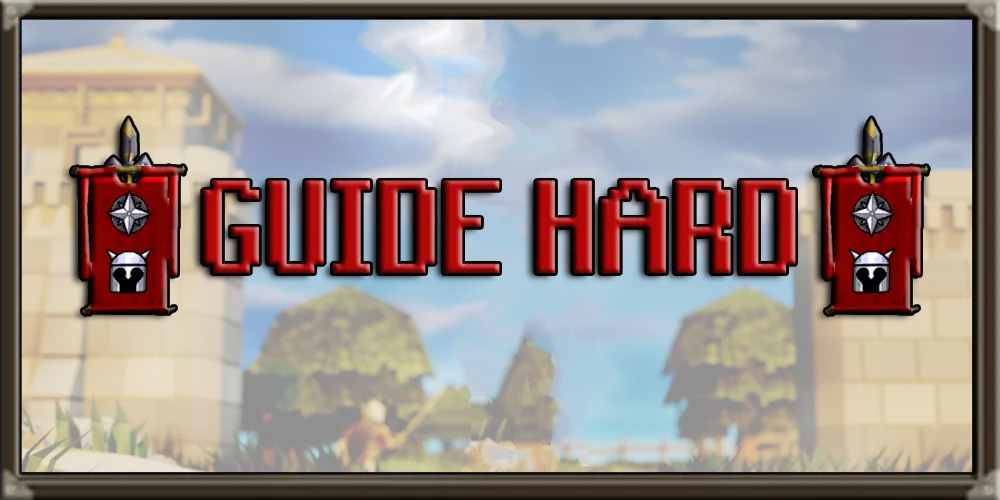
In the digital world of “Old School RuneScape” (OSRS), there’s an intriguing blend of fantasy, adventure, and an unexpected element: postmodernist storytelling. One such narrative jewel can be discovered within the quest “Creature of Fenkenstrain”, which openly acknowledges its source material: Mary Shelley’s iconic novel, “Frankenstein”. This quest is not just a fascinating reinterpretation of Shelley’s classic, but it offers players unique rewards and game advancements that make it a must-play for any dedicated gamer.
You might like

Quest Title
The “Creature of Fenkenstrain” quest, at its core, is a postmodern narrative. This concept, rooted in the rejection of grand narratives and the embracing of fragmentation and pastiche, is seen in the way the quest cheekily uses Shelley’s “Frankenstein” as its springboard. The title itself is a playful twist on the original, and the plot, revolving around the creation of a monster by a mad doctor, unmistakably mimics Shelley’s narrative. However, it does so with a very self-aware sense of humour that signals its postmodernist leanings.
Dr. Fenkenstrain
The story of the quest commences with the player’s interaction with Dr. Fenkenstrain, an obvious reference to Frankenstein, who wants to bring to life a pieced-together creature in a classic Frankenstein-esque scenario. The quest even has its own version of the “Igor” character, an assistant named Draynor. It would seem that the quest is a mere parody, but OSRS skilfully maintains an equilibrium between homage and reinterpretation.
Happy ending
Unlike in Shelley’s novel where the monster seeks revenge against its creator leading to tragic events, the monster in “Creature of Fenkenstrain” ends up rather innocently wandering around, not causing harm to anyone. The OSRS team brings in a surprising change of pace and mood, turning the usual tragic conclusion of Frankenstein’s tale into a more comedic, lighter narrative. The mad doctor’s plans fail and he is left powerless, showing that his ambitions were foolish to begin with, thus shedding a new and unique light on the familiar tale.
This postmodern take on the classic narrative proves to be a fun and engaging game element, making players smile at the recognisable references while enjoying the refreshed, more light-hearted story. The designers are clearly aware of the cultural baggage these Frankenstein tropes carry, and they play with them in a way that both acknowledges and subverts player expectations.
Ring of Charos
But beyond its narrative value, the “Creature of Fenkenstrain” quest also serves as a beneficial addition to any player’s journey. Advantages of this quest include gaining a hefty amount of experience in the Thieving and Crafting skill sets, and the acquisition of the Ring of Charos which gives players the ability to persuade certain characters in the game to reduce transportation costs. These practical benefits combined with the engaging narrative make the quest a wonderful example of how postmodernist principles can enhance gameplay and storytelling in a gaming context.
The “Creature of Fenkenstrain” quest in Old School RuneScape skillfully marries postmodernist reinterpretation with gaming benefits. It delivers a fresh take on Mary Shelley’s “Frankenstein”, turning a traditional tragic narrative into a humorous, joyful journey while providing valuable in-game rewards. As such, the quest stands as a sterling example of how video game narratives can borrow from classic literature to create a unique, captivating experience that extends beyond pure gameplay and into the realm of artistic interpretation.
I created this article with the partial assistance of an AI tool. Learn about my view on AI and why I’m telling you about it.





















